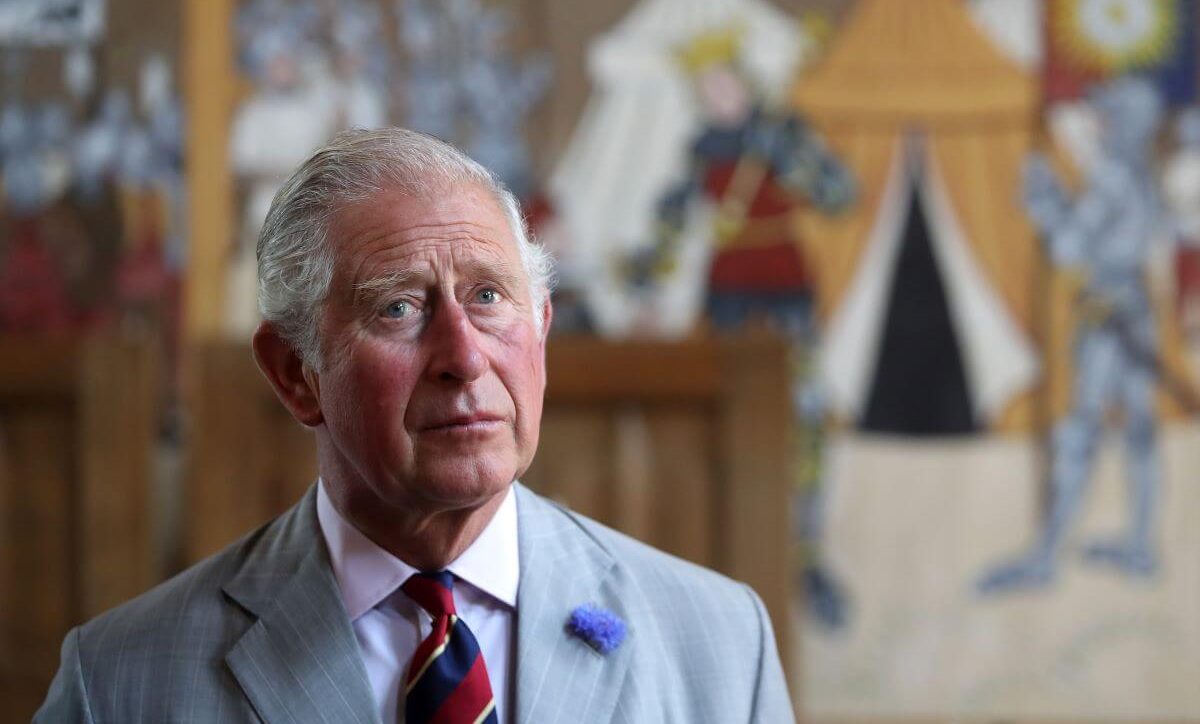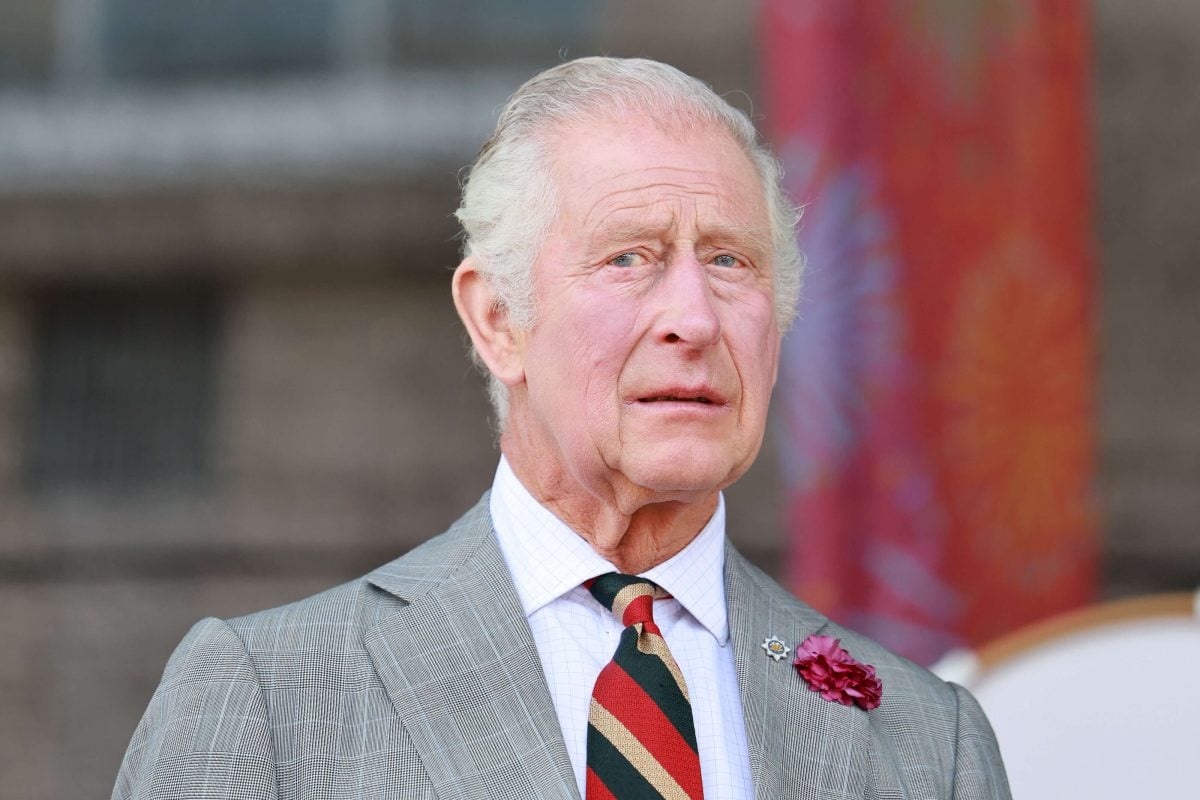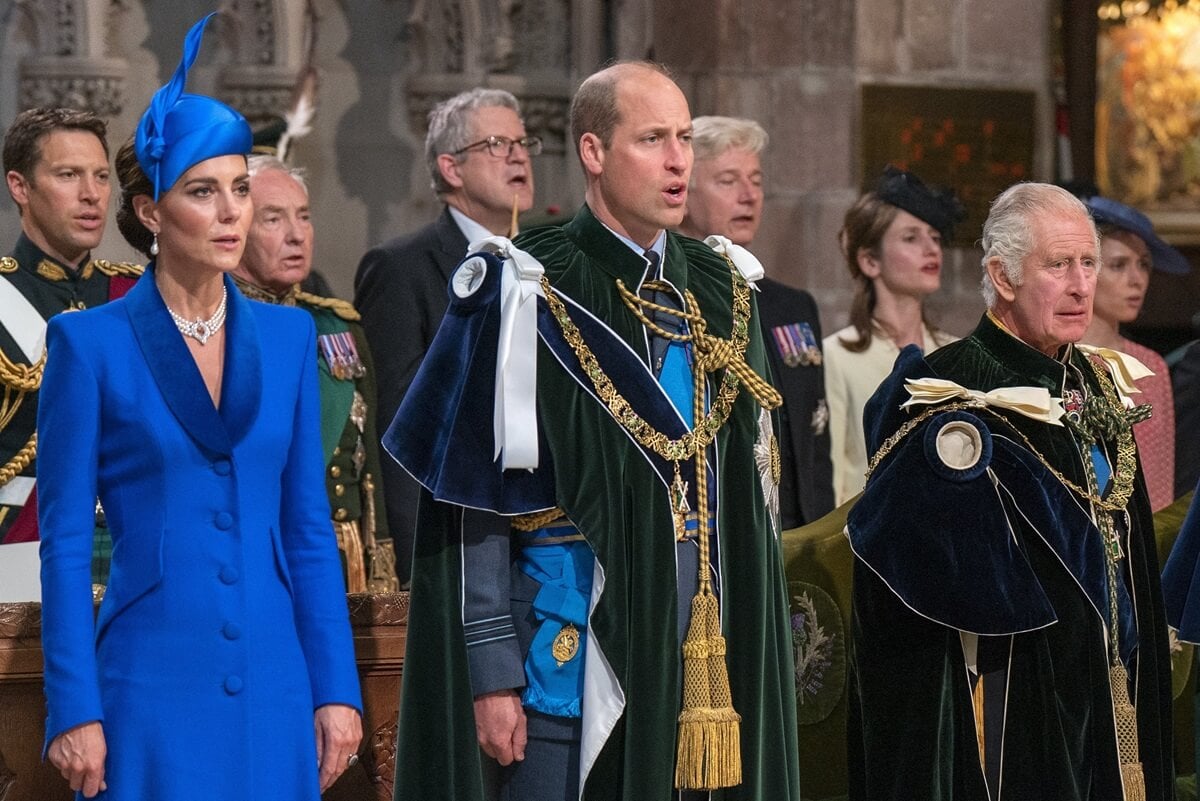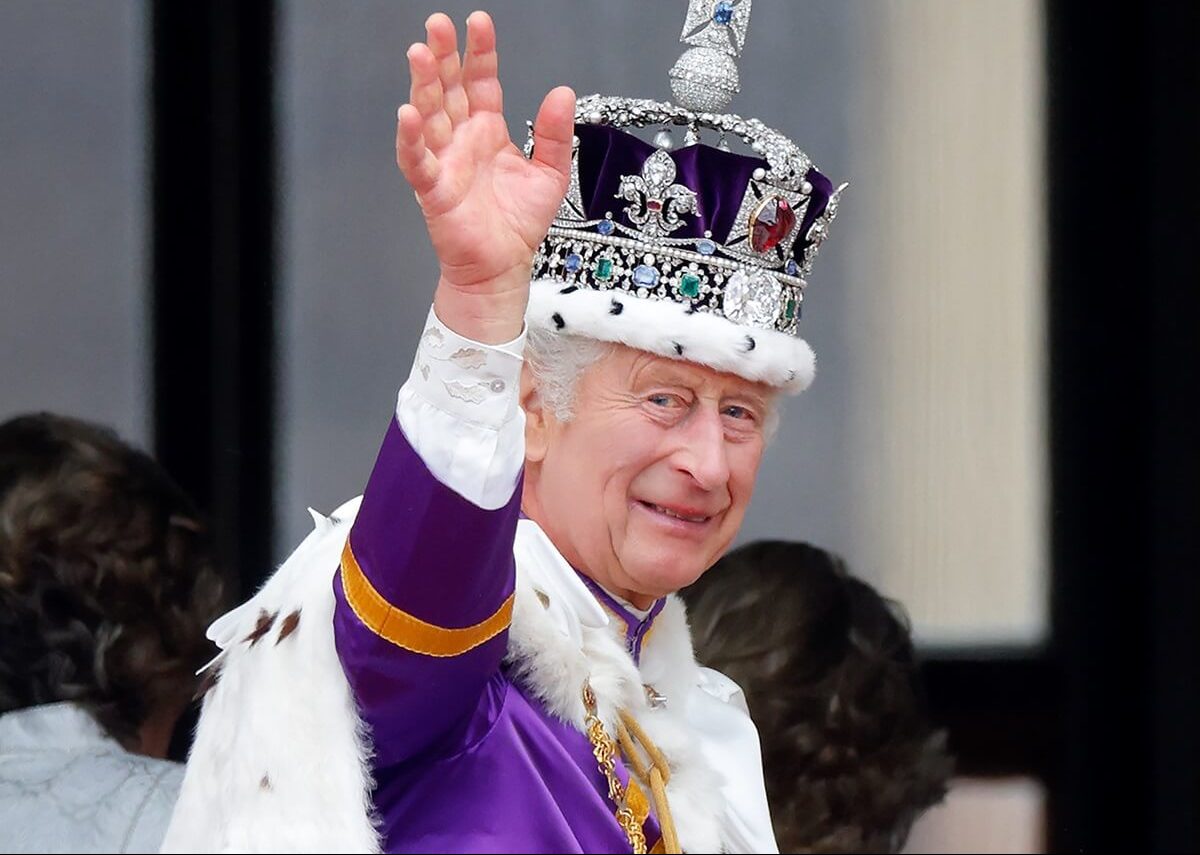
Here’s What Would Have to Happen if King Charles Tried to Abdicate the Throne Due to His Health
Following the announcement that King Charles III had a medical procedure for an enlarged prostate, which required a brief hospital stay in late January, Buckingham Palace delivered more surprising news regarding the monarch’s health.
On Monday, Feb. 5, the Palace revealed that the king has “a form of cancer” with a statement that read in part:
“During the king’s recent hospital procedure for benign prostate enlargement, a separate issue of concern was noted. Subsequent diagnostic tests have identified a form of cancer. His Majesty has today commenced a schedule of regular treatments, during which time he has been advised by doctors to postpone public-facing duties. Throughout this period, His Majesty will continue to undertake State business and official paperwork as usual. The king is grateful to his medical team for their swift intervention, which was made possible thanks to his recent hospital procedure. He remains wholly positive about his treatment and looks forward to returning to full public duty as soon as possible.”
The state of the king’s health has raised questions among some royal watchers about whether he might abdicate now in favor of his oldest son, Prince William. However, it’s clear from the statement that the monarch is eager to get back to his public work, not abdicate the throne. But if that were to become an option in the future for any reason, here’s what would have to happen first.

Abdicating isn’t possible without approval
Even before his most recent health update, there were some who thought King Charles could just abdicate one day if he grew tired of the job and wanted to retire. But it’s not that easy.
Express noted under the Declaration of Abdication Act 1936, the king must submit “a formal statement declaring they no longer wish to serve as monarch, after which the process is in Parliament’s hands. Both the House of Commons and House of Lords must pass an Act of Abdication, after which the serving monarch can finally pass the throne to their next in line.”
So in other words if King Charles did wish to abdicate, followed the proper steps, and was granted approval from the governing bodies, he could pass the Crown to Prince William.
The line of succession when Prince William becomes King William V

Upon the abdication, Prince William would become King William V and the line of succession would change as key royals would move up a spot.
Under King William V, the line of succession to the British throne would be as follows: Prince George would become the heir apparent and first in line behind his father, Princess Charlotte would move up to number two, followed by younger brother Prince Louis who would become third in line.
After the Wales children, even though he is no longer a working royal Prince Harry and his two kids still remain in the line and would occupy the fourth, fifth, and sixth spots. Prince Andrew, who also no longer carries out royal engagements maintained his spot in the line as well and would move up to the seventh spot. His daughter Princess Beatrice and granddaughter Sienna Mapelli Mozzi are eighth and ninth, while Andrew’s youngest daughter Princess Eugenie and her two children August and Ernest Brooksbank would be elevated to the 11th and 12th spots.
Prince Edward and his two kids would then advance to 13th, 14th, and 15th. Followed by his sister Princess Anne, her children, and grandchildren.







